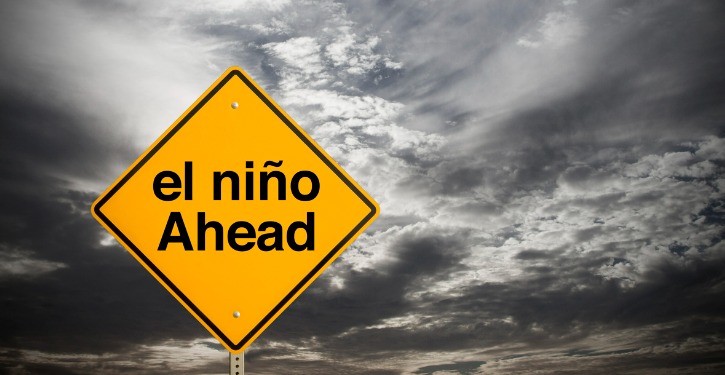A week after the official start of hurricane season on June 1, the National Oceanic and Atmospheric Association (NOAA) announced that El Nino has begun and will last through the winter. A pattern of weather that occurs every two to seven years, the effects of El Nino means different things for different parts of the United States and the rest of the world.
One area where El Nino has a direct effect is in the Atlantic during the hurricane season that stretches through November. While the active season for storms usually starts in August, with El Nino present, this hurricane season could look different than in years past.
Here’s a look at what this shifting weather pattern will mean for activity in the tropics and beyond, and why now is a good time to Consider your insurance needs to protect what matters most.
What is El Nino
A climate pattern that begins in the Pacific Ocean, El Nino is when warm winds are pushed west to east, instead of east to west toward Asia. This is different to La Nina, which has different effects and occurs less frequently.
A different kind of hurricane season
In May, the Climate Prediction Center forecasted a 40% likelihood of a near-normal hurricane season for the Atlantic in 2023, as compared to the 30% chance for an above-average or below-average season, respectively. This was with the expectation that El Nino would be present during the season.
Hurricane activity will be hindered slightly, but hurricanes will still happen
With a near-normal hurricane season, the NOAA is predicting 12-17 named storms, with 5-9 hurricanes and 1-4 being considered major hurricanes. While El Nino has the potential to limit the formation of hurricanes, forecasters are eyeing the tropics with greater emphasis due to the record warm tempreatures being recorded in the Atlantic.
Not out of the woods yet
Even if there is a possibility for a decrease in hurricane activity, the presence of El Nino itself leads to a greater emphasis on the potential of severe storms. The gulf coast is at risk of seeing the worst effects, including higher rainfall totals, and tornado outbreaks. These events can be seen throughout the fall and into the winter and new year.
Other effects
Another outsized effect in the near term is dealing with the soaring temperatures that also accompany El Nino. Nearly every part of the globe will see higher-than-normal heat waves that will push the overall temperature of the Earth above previous thresholds that could break records. Because El Nino isn’t dictated by seasons, it’s expected that these temperatures will last for anywhere from two to five years.
Weather is unpredictable, and even with all the tools available at our disposal nothing beats being prepared for severe weather. That includes having the right insurance, and remembering that most homeowners policies don’t cover flood damage.
Learn more about flood insurance, or talk with a Westwood agent today about getting the coverage you need.





